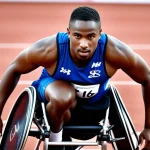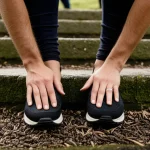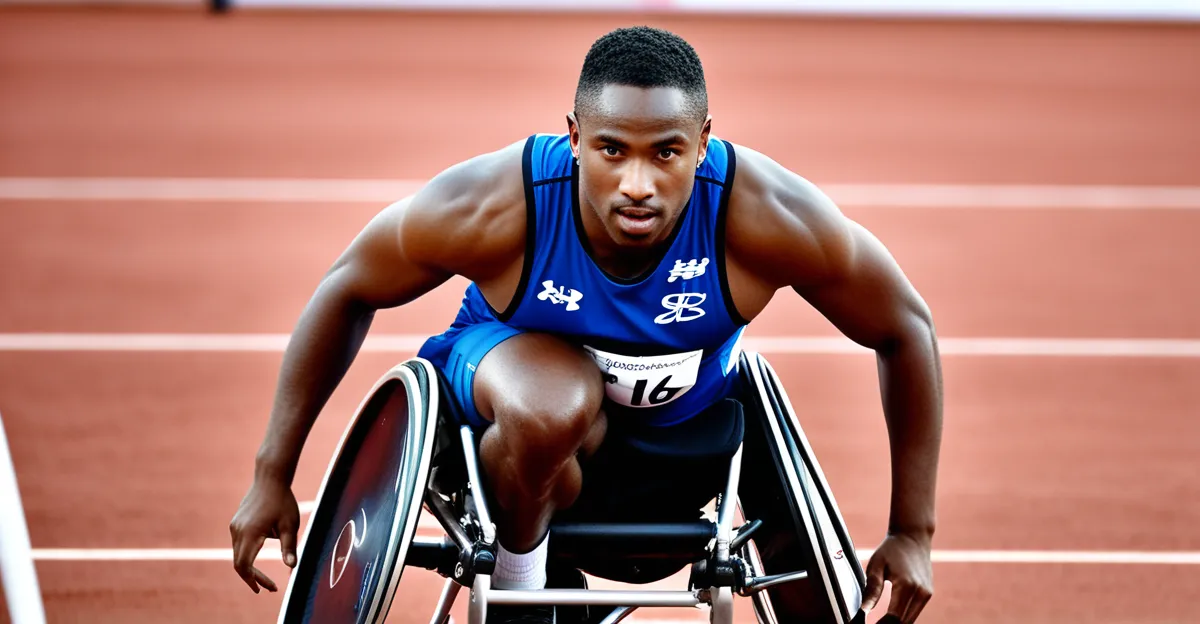Addressing Barriers to Accessibility in UK Sports
Accessibility challenges in UK sports often stem from three interconnected areas: physical, attitudinal, and systemic barriers. Disabled athletes encounter physical obstacles such as inadequate ramps, inaccessible changing rooms, and sports facilities ill-equipped for wheelchair users or those with sensory impairments. These common accessibility issues limit full participation and create frustration.
Attitudinal barriers include negative perceptions and a lack of awareness about disability inclusive practices. Social stigma and misunderstandings about disabled athletes’ capabilities can discourage involvement and perpetuate exclusion. This underscores the importance of education and cultural shifts within sports communities.
Additional reading : What Makes Rugby a Staple in UK Culture?
Systemic barriers involve policies and program structures that do not prioritize inclusion. Many sports organizations still lack tailored programs or opportunities for disabled athletes, limiting their pathway to compete or train alongside able-bodied peers. To overcome these inclusion obstacles, it is essential for sporting bodies to actively assess and redesign programs and facilities.
Addressing these disabled athletes barriers requires a holistic approach. Ensuring physical accessibility, fostering positive attitudes, and revising systemic frameworks will pave the way for greater participation. Recognizing these interconnected challenges is the first step toward a truly inclusive sporting environment.
Also read : How Does Engaging in UK Sports Impact Community Bonds?
Effective Accessibility Initiatives and Case Studies
Successful accessibility initiatives in UK sports exemplify how tailored solutions overcome disabled athletes barriers. Several UK sports case studies highlight organizations that have transformed physical spaces and program structures to break down inclusion obstacles. For instance, some clubs have introduced innovative adaptations like adjustable equipment and sensory-friendly training sessions, directly addressing accessibility challenges in UK sports settings.
Inclusive sports programs often start by rethinking traditional formats, ensuring athletes with varying abilities can participate equally. These programs also emphasize coach training in disability awareness, fostering supportive environments that challenge social stigma. The impact is evident: disabled athletes report greater confidence, improved performance, and a stronger sense of belonging.
Accessible events offer a visible testament to progress, positively influencing community perceptions and encouraging wider participation. By facilitating equal access to competitions and recreational opportunities, UK sports organizations set practical examples of inclusion. These initiatives go beyond compliance, creating vibrant, welcoming environments where disabled athletes thrive.
Overall, successful accessibility initiatives combine physical adaptations, attitudinal shifts, and systemic restructuring. These approaches collectively address inclusion obstacles and demonstrate the tangible benefits of intentional, comprehensive accessibility efforts.











